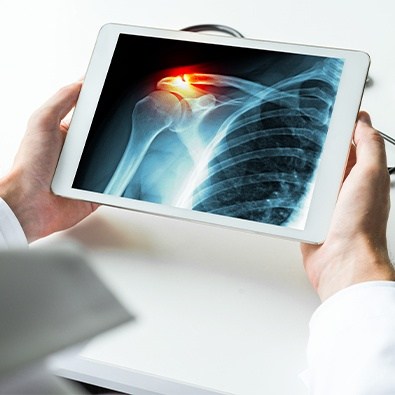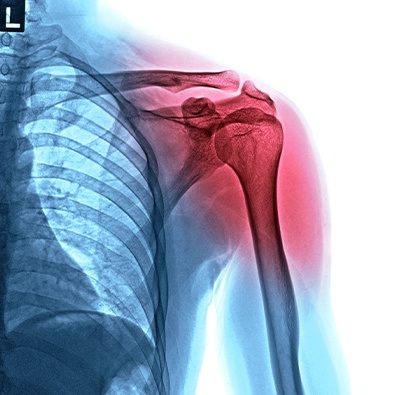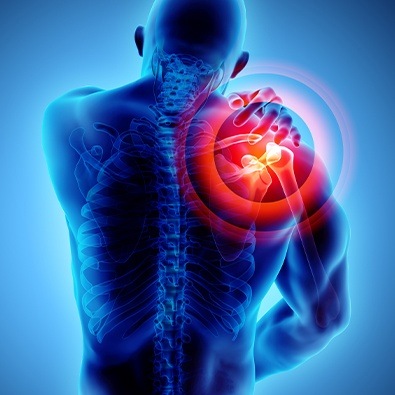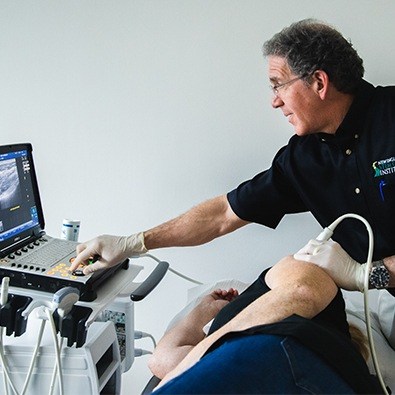
Fax: (860) 430-9693
Glastonbury, CT 06033

The acromioclavicular, or “A-C” joint is formed by the end of the clavicle (your collarbone) and the point of the shoulder blade (the acromion). It’s often associated with a separated shoulder, but it can also be related to a broken collarbone. Dr. Tortland has successfully treated countless A-C injuries over the course of their careers, and they’re ready to give you complete pain relief using non-invasive methods that will have your shoulder feeling better in no time. To learn more and schedule an appointment, give us a call today.

There are two main types of injuries to the AC joint – sprains and arthritis. ACJ sprains are caused most often by falling and landing directly on the point of the shoulder. This damages one or more of the ligaments that stabilize the joint. Minor damage to the ligaments is a sprain. But when the ligaments are torn and the joint moves, this is called a separated shoulder. (This is very different from a dislocated shoulder in which the ball of the shoulder pops out of the socket!) Arthritis of the ACJ can result either from direct injury to the ACJ, such as a sprain or separation, or from repetitive overuse and stress over time. We’ve seen many heavy duty or competitive weight lifters develop ACJ arthritis from shoulder presses and bench pressing.

Symptoms associated with ACJ injuries depend on the injury. A separated shoulder is an acute injury – you pretty much know right away that you got hurt because of the pain! Symptoms of ACJ arthritis can develop over time (though sometimes the pain can just suddenly “appear” one day without warning). ACJ pain typically is fairly well localized right over the joint, but some people can also feel it in the upper back or upper part of the back of the shoulder blade. Sometimes a clicking, popping, or swelling is also noted.

A physical exam usually reveals tenderness directly over the joint. In the case of ACJ separation, there is a clear visible deformity, with the end of the collarbone poking up under the skin causing a large bump. X-rays and/or diagnostic ultrasound can confirm the diagnosis in most injuries and arthritis. MRI is rarely needed.

Treatment depends on the nature of the problem. Mild ACJ sprains are treated conservatively with rest and physical therapy. More severe ACJ separations may require surgery to stabilize the joint and restore shoulder function. Chronic sprains and arthritis are best treated with Regenerative Medicine treatments such as Prolotherapy, PRP, or stem cells* which can actually stimulate a natural healing response.
(*NOTE: All Regenerative Medicine treatments are performed by our affiliate, the New England Stem Cell Institute.)